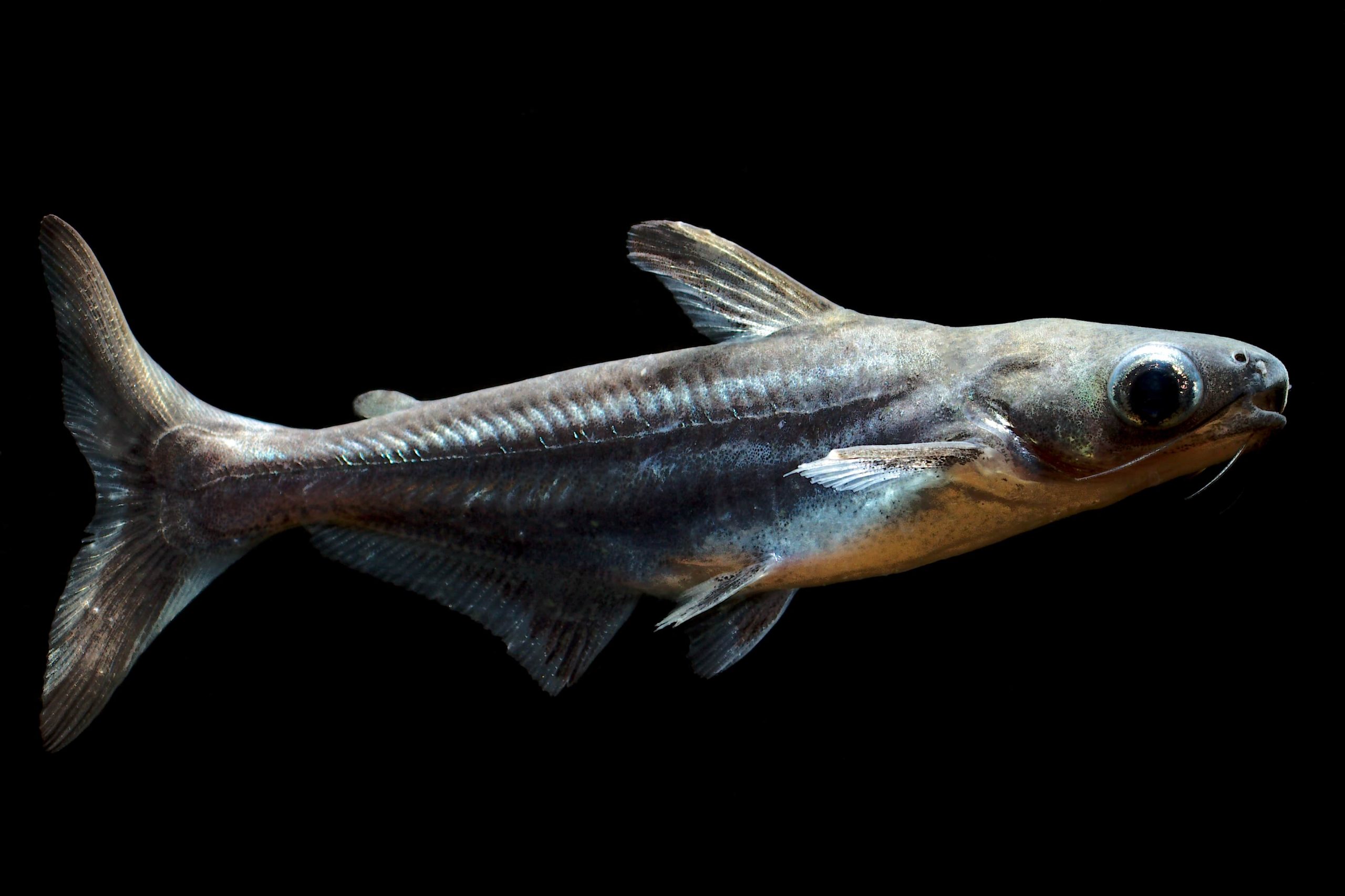Native to Southeast Asia, particularly Vietnam, the swai fish is delicious, affordable, and nutritious. However, its production raises concerns, and people should be aware of it.
Swai fish is specifically one of the many types of catfish and is a member of the Pangasiidae family. It has various names depending on locality and market. It may be called panga, Vietnamese river cobbler, tra, stripped catfish, basa, pangasius, or bocourti. It has boneless fillets making it easy to prepare. Additionally, it is affordable and packs beneficial nutrients and impressive health benefits. That said, it appears that the production of swai fish may pose some risks to your health. This article will explain the health benefits and the dark of swai fish.
What Is Swai Fish?
The flesh of swai fish is typically white, moist, and has a firm texture, blending well with other ingredients in the recipe. Swai fish is widely and highly consumed in the United States and is imported from Southeast Asia. In fact, swai is so popular that the United States National Oceanic Atmospheric Administration (NOAA) puts it in the sixth position of the most popular fish. Swai’s abundantly found the Mekong River of Asia. However, the type that most people consume is produced in the ponds in Vietnam. Early in 2000, imported swai was sold and marketed as catfish. However, in 2003 the Food and Drug Administration (FDA) passed a law prohibiting the marketing of swai as catfish. It is now illegal to label swai as catfish in the US.
Is Consumption of Swai Safe?
The consumption of swai has raised concerns currently. Its production and farming seem to give it an unhealthy label. The Monterey Bay Aquarium’s Seafood Watch claims that swai production has led to illegal dumping of wastes into rivers and that people should avoid swai. Studies show that swai may contain mercury above 50%, which is not in line with the World Health Organization’s recommendation. This means that the fish farms are polluted, and something should be done to rectify this.
Farming of Swai Includes Heavy Use of Antibiotics
Swai is produced in a crowded fish farm. This increases the likelihood of infections and other diseases in the fish. At one point, exported swaifish to Germany, Poland, and Ukraine contained a bacterial strain of Vibrio which is associated with food poisoning. To keep the farms and fish free of infections, farmers usually treat swai with antibiotics. Even after absorbing the antibiotics, there will still be remains in the flesh and water.
Health Benefits of Swai Fish
Rich In Beneficial Nutrients
Consumption of fish is one sure way of living healthily as it packs high-quality protein and heart-friendly omega-3 fats. Swai contains average protein as any other fish, but its omega-3 fat content is low. The United States Department of Agriculture (USDA) database states that just 113 g of uncooked swai provides 70 calories, 15 g of protein, 1.5 g of fat, 11 mg of cholesterol, 350 mg of sodium, 14% of the recommended daily intake (RDI) for niacin, 19% of the RDI for vitamin B12, 26% of the RDI for selenium. It has virtually zero carbs. However, the value of these nutrients may vary depending on what the fish was fed on. It is worth noting that swai typically feeds on rice bran, canola, and soy.
Omega-3 fats in swai may protect the brain and improve its function. To increase your intake of omega-3 fats, you may need fatty species of fish such as sardines, tuna, salmon, mackerel, and trout. They also contain iodine and other nutrients that most people don’t sufficiently consume.
May Lower the Risk of Heart Disease
Many factors increase the risk of heart diseases like high intake of trans fats, chronic inflammation, overweight, high cholesterol, and triglyceride levels. Over time, heart disease may complicate to heart attack or stroke. Including fish like swai in your diet provides heart-friendly fats. Omega-3 fatty acids contained in most varieties of fatty fish are beneficial for your heart health.
May Help Promote Development
Studies indicate that increasing your fish intake and omega-3 fatty acids may be essential for growth and development. One particular omega-3 fatty acid is docosahexaenoic acid (DHA), and it has been associated with the development of the brain and eyes. For this reason, pregnant and breastfeeding women are required to increase their intake of foods rich in omega-3 fatty acids.
However, it would help if you were keen on your choice of fish and seafood. Some of them contain mercury, a mineral that may hinder the development of the brain. Therefore, pregnant women should only source omega-3 fatty acids from trout, sardines, and salmon. They should also limit their intake to no more than 340 g per week.
May Support Brain Health
Usually, as one age, their brain function declines gradually. This may call for serious conditions such as Alzheimer’s disease and other neurodegenerative problems. Eating fish like swai regularly may slow your mental decline. Additionally, consuming every week may increase gray matter in your brain. This is a part of the brain that is responsible for the regulation of emotion and memory.
May Help with Depression
Many people suffer from depression as a result of various life stressors. The poor effect, reduced mood, decreased energy, loss of social interest, and sadness are some of the symptoms you should watch out for if you suspect depression. Eating swai and other fish regularly may help prevent and manage depression. Apart from treating depression, omega-3 fatty acids may also help manage bipolar disorders and other mental problems.
May Protect Against Autoimmune Disease
The autoimmune disease usually occurs when your immune system turns against itself and mistakenly harming healthy tissues. A good example of autoimmune disease is type 1 diabetes. Eating swai and other foods rich in omega-3 fatty acids may help reduce the risk of multiple sclerosis, type 1 diabetes, rheumatoid arthritis, and other autoimmune diseases.
Conclusion
Swai is a member of the Pangasiidae family and a species of catfish. It is affordable and easy to prepare and eat. Production of swai makes it contain mercury, antibiotics, and even bacteria. However, swai is a nutritious food that may help prevent autoimmune disease and promote development.
- Learn to Enjoy Self-care Routine - September 21, 2023
- Jonathan Aufray’s Story - July 29, 2023
- From Public Housing To Ivy League: The Inspiring Journey of Crystaltharrell.com and its Founder - June 7, 2023









